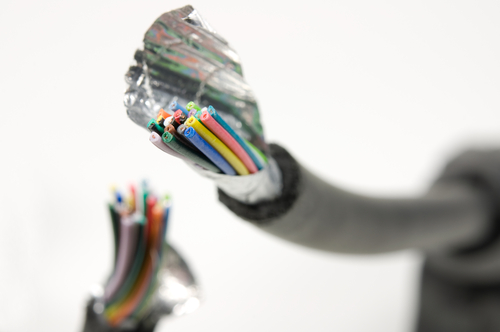Editor’s Note: This guest post was written by Frank Barbieri, the SVP of Emerging Platforms at YuMe. You can follow him @frankba
Every five or so years for the past two decades the introduction of an Internet connection to a new device type has created a boom in disruptive businesses. Most of these booms—computers, followed by mobile phones, gaming consoles and now tablets—have been clearly successful. Others (remember the Network Computer?) have been ill-timed.
Now manufacturers, and a growing ecosystem of partners to support them, are betting big that consumers are finally poised to accept an Internet connection in their most cherished living room technology mainstay, the television. Players from Samsung to Sony are bringing the so-called Connected TV (CTV) to market in mass, and you’ll see a big push this holiday season. There are already upwards of fourteen million CTVs in North America and an estimated 65 percent of TVs sold in 2012 will be CTVs.
With every platform change, both new and established companies have lined up to try and capture a share of the redistribution of rewards that inevitably comes when consumers change their habits. North American television advertising is certainly no exception as a host of companies, old and new line up to try and capture their share of that $62 billion annual advertising feast.
While there has been some preparation to date, incumbents have an incredibly hard time cannibalizing existing revenue streams for growing, but yet to mature, new revenue streams. We’ve seen this with everything from books to brokerages. And in the TV world, we are seeing it on display with the recent stutter of Hulu, the pioneering archetype, catching arrows in their back from erstwhile incumbent partners as they bravely forge ahead.
Such is the nature of distribution when the business advantage is built primarily on pricing and bundling, and carefully restricted access, not on real consumer demonstrated desires and behaviors.
Technology has always been on the side of the consumer, especially in the realm of television viewing. You may not remember now, but broadcasters bitterly fought the arrival of cable in the 70s. And while it seems absurd now, given it has created hundreds of billions of revenue, studios fought against the arrival of DVDs in the late 90s. The early titles were a handful of B movies released by Warner Brothers in conjunctions with Toshiba. It was all Toshiba could get at the time.
We may be seeing another disruption today. With a new wave of CTV content applications, the pricing and access advantage of cable television may dissipate. Imagine downloading a TNT program application directly from Turner rather than paying a cable company for access to Turner content. Content providers themselves already, or will soon, have the tools to reach their audience directly on the big screen. Turner could pocket 100% of any subscription fee and advertising revenue rather than having to share with a distribution partner.
The traditional distribution players are betting, but not banking, on the fact that new television distribution will look substantially similar to old television distribution. They are expanding their services to include on-demand viewing and hoping much will continue as before with consumers paying a fee for content bundles.
But what if that’s not the way it goes down? What if like mobile phones and the PC before them consumers choose to snack on content delivered directly to them by the content providers themselves, effectively removing the pricing, bundling and access advantage of traditional cable and satellite television distribution. In that world the power of delivery, and advertising insertion, shifts directly to content providers, device manufactures and the ecosystem of direct Internet-connected business partners they surround themselves with. In that scenario, online advertising businesses have a distinct advantage over traditional distribution businesses as they are already in the market pumping billions of video ads through existing devices like PCs, mobile phones and tablets.
Sure distribution incumbents like Comcast could make IP connected set-top boxes that consumers use to access content directly, unbundled or a la carte, but that erodes their existing revenue model around cable pricing. The industry calls folks who end run cable to get their content directly from content companies, “cord cutters.” A recent Morgan Stanley report concluded that cable companies would have to double the internet access fees of so called “cord cutters” to make up for the lost revenue on cable TV packages.
There is change brewing. Years in this business and witness to booms and busts have taught all of us to be cautious of absolutist rhetoric opining the end of any particular distribution channel. Consumers have shown a remarkable ability to expand their entertainment appetites, and new consumption habits largely prove additive, not cannibalistic (except for my poor print friends of course). So be suspect of anyone who claims that all programming or advertising is going to be wholly delivered in a particular way. But the numbers themselves are so enormous, and the opportunity so large that even a ten percent swing in consumer viewing habits from cable and satelite to Connected TV applications and cord-cutters will represent a shift in $6.2B of advertising spending. That, to me, is a scenario worth preparing for.
Sources include GFK Market Analysis, Piper Jaffray, and DeutscheBank.
[Image: photofun/Shutterstock]
